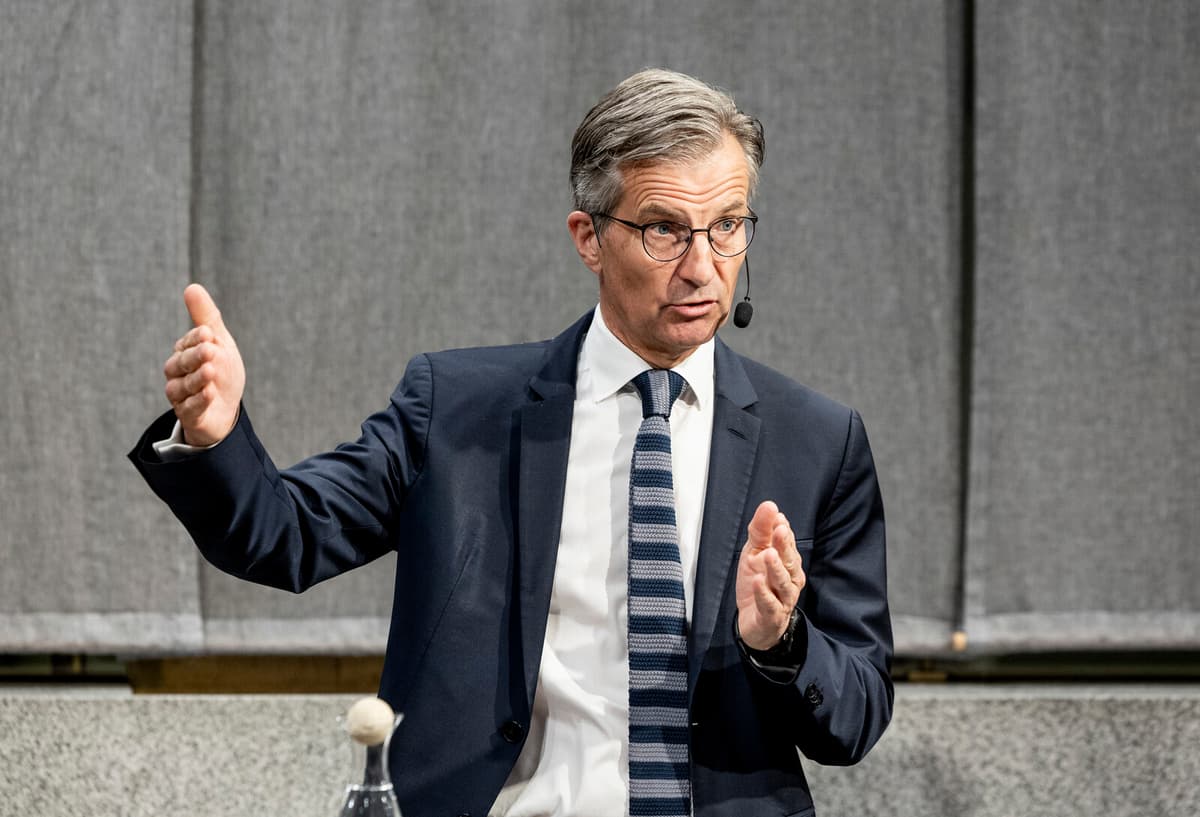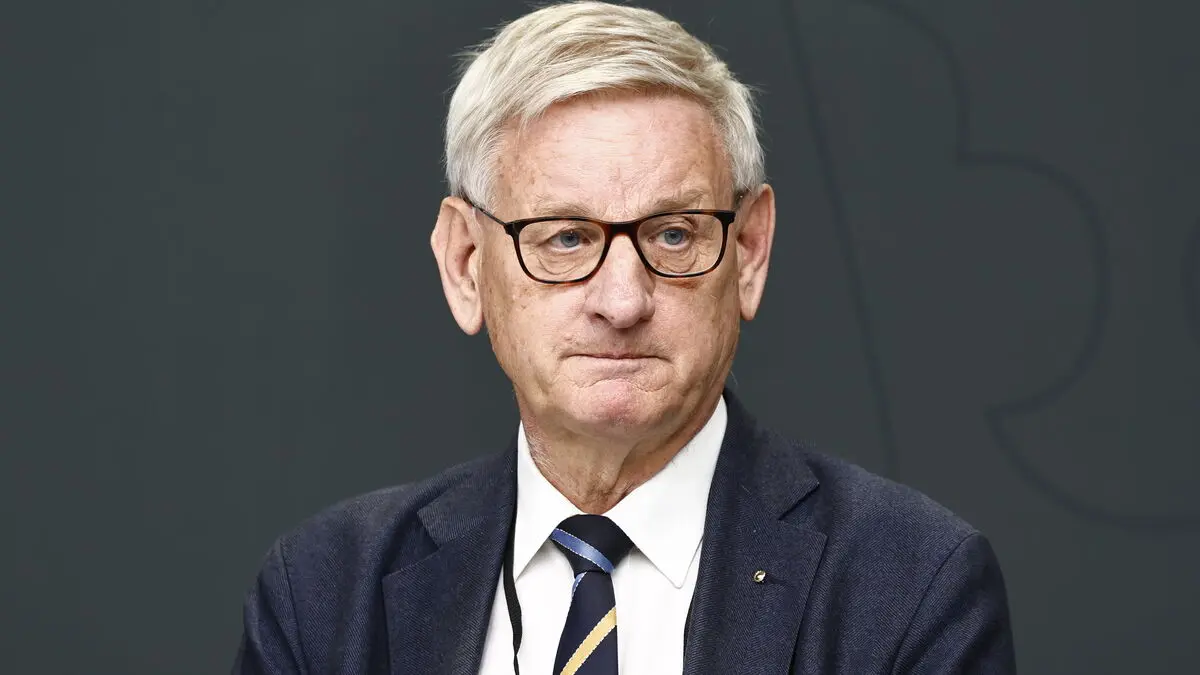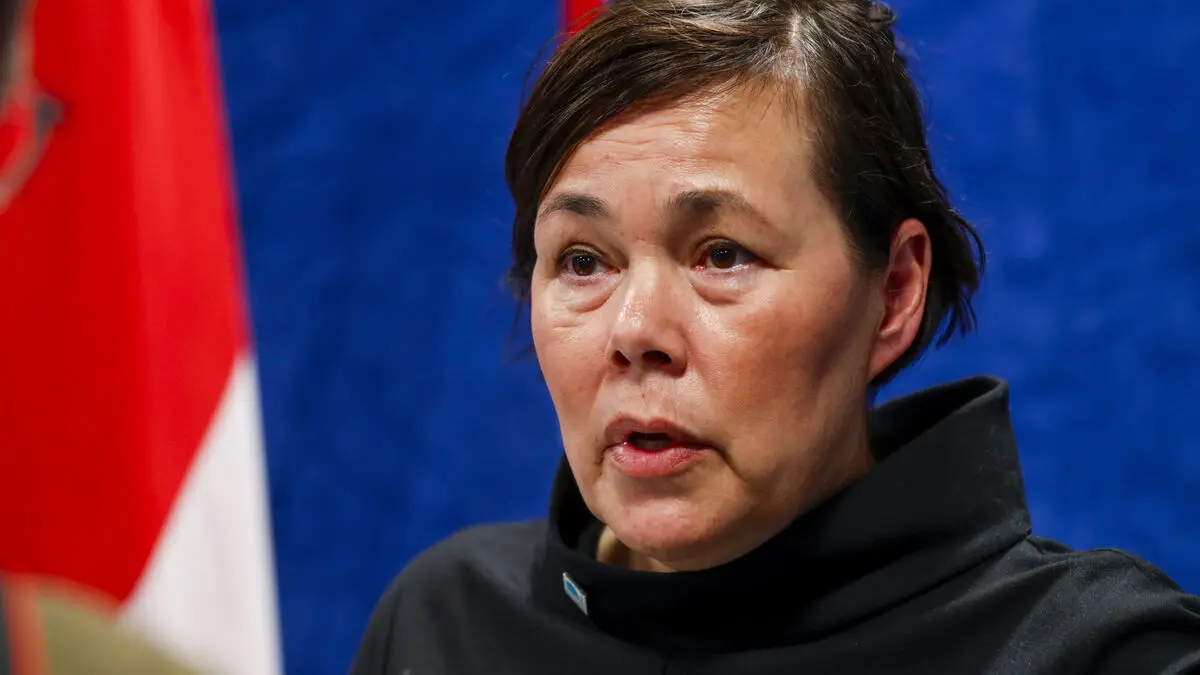The major banks' experts are unanimous. There will be a double rate cut by the Swedish Central Bank this week – for the first time since 2014.
In the weeks leading up to the announcement, economists at Handelsbanken, DNB, and Danske Bank have also painted this as the main scenario – since their colleagues at Swedbank, SEB, and Nordea already assumed it would happen a while ago.
Interest Rate Decision from Falun
The krona's weakening – particularly against the dollar – ahead of the meeting should not affect the room for rate cuts, according to Torbjörn Isaksson, economist at Nordea. The double rate cut, by 0.50 percentage points to 2.75 percent, is already priced into the exchange rate, and the low inflation also makes the problem of a weak exchange rate less, he reasons.
In the pricing of the interest rate market, the probability of a double rate cut followed by another rate cut in December – down to 2.50 percent – is 100 percent.
The Swedish Central Bank has also been flagging since September that there may be a double rate cut at the November meeting. However, Riksbank Governor Erik Thedéen has in several statements ahead of the announcement this week also warned against taking a double rate cut for granted.
The interest rate decision – which will be delivered from Falun instead of from the Swedish Central Bank's office on Brunkebergs torg in central Stockholm – comes after the KPIF inflation has fallen further below the inflation target since the summer.
Swedish GDP also decreased in both the second and third quarters, which is technically a recession – although the word recession is normally used to describe a much more dramatic economic situation than what Swedish households and companies are currently experiencing.
The Interest Rate May Be Too High
Other indicators ahead of the announcement – such as the Swedish Central Bank's latest business survey and the National Institute of Economic Research's barometer – also suggest that the interest rate may be too high.
The Swedish Central Bank is expected, according to market actors, to have lowered the interest rate to 1.75 percent by the summer of 2025. This would mean interest rate cuts of 1.50 percentage points in just over a year and a half.
Normally, variable mortgage rates – the most common binding period for mortgages – follow the downward trend when the interest rate is lowered.
If the mortgage rate on a loan of three million kronor were to fall by 1.50 percentage points, it would reduce the interest cost by 45,000 kronor per year or 3,750 kronor per month, excluding the effects of interest deductions.
The so-called KPIF inflation – where mortgage rate effects have been removed – fell to 1.1 percent in September, according to Statistics Sweden (SCB). This can be compared to the Swedish Central Bank's target of 2 percent and the inflation peak of over 10 percent when the inflation shock culminated almost two years ago.
However, the fall in inflation can largely be explained by lower energy prices. Adjusted for energy prices, the KPIF inflation was 2.0 percent in September, the lowest level since December 2021.
Looking at the inflation measure KPI, which also includes mortgage rate effects, the Swedish Central Bank itself expects this to approach 0 in the middle of 2025. They then assume that KPI inflation will gradually recover, up to 2 percent sometime in 2026.
The stabilization of inflation around 2 percent that the Swedish Central Bank believes in is based, among other things, on how companies' price plans and inflation expectations in the economy look.






